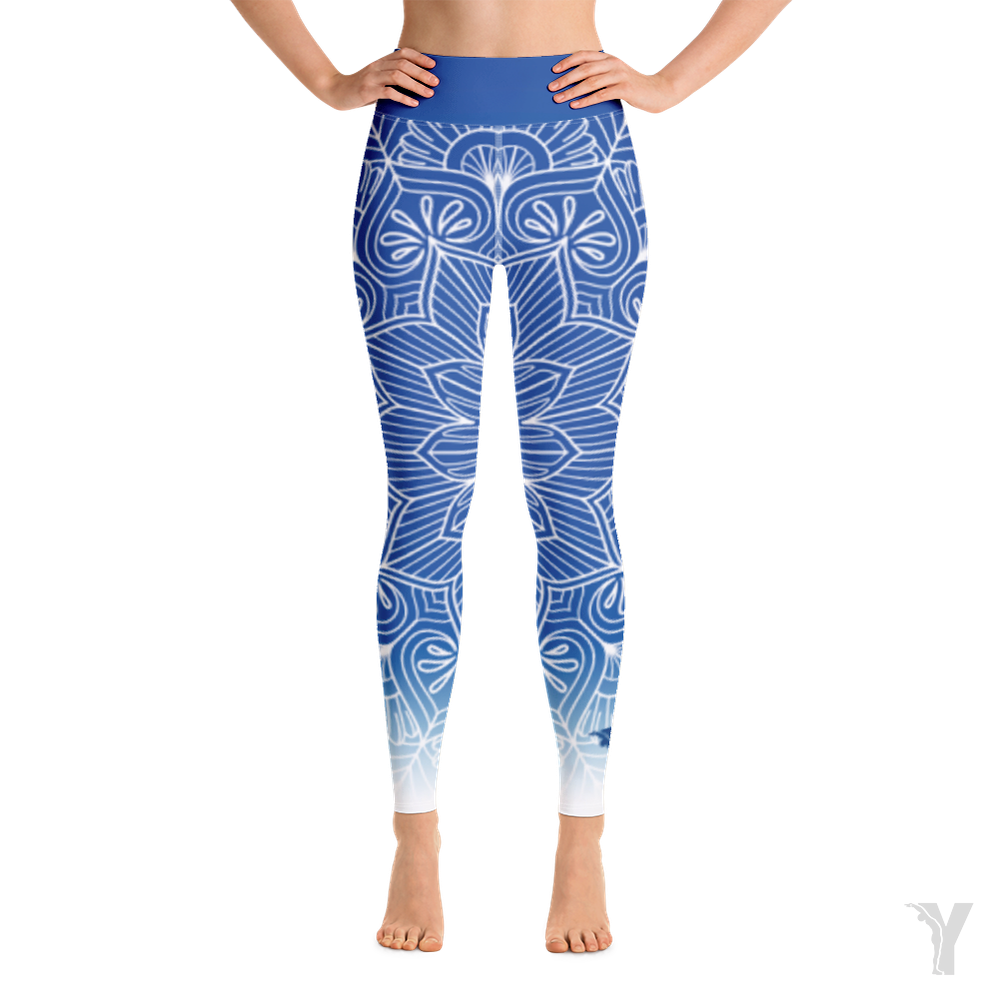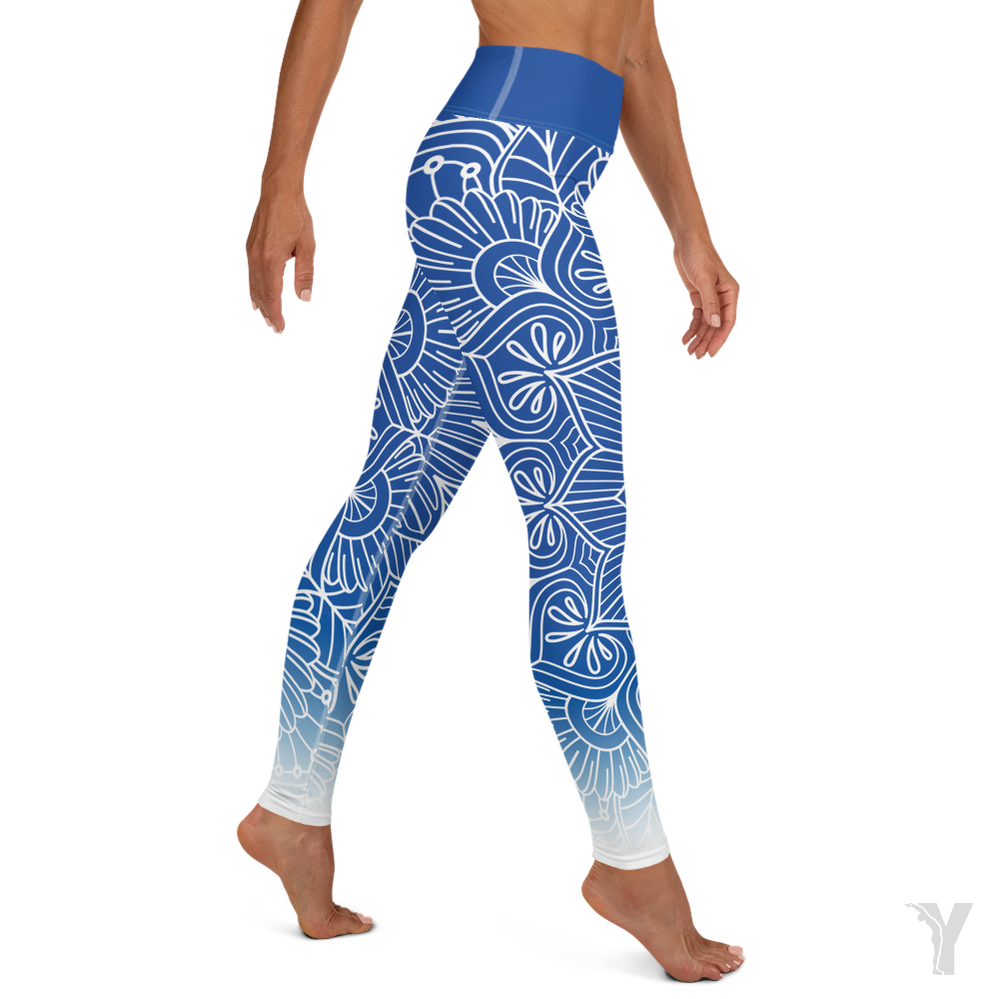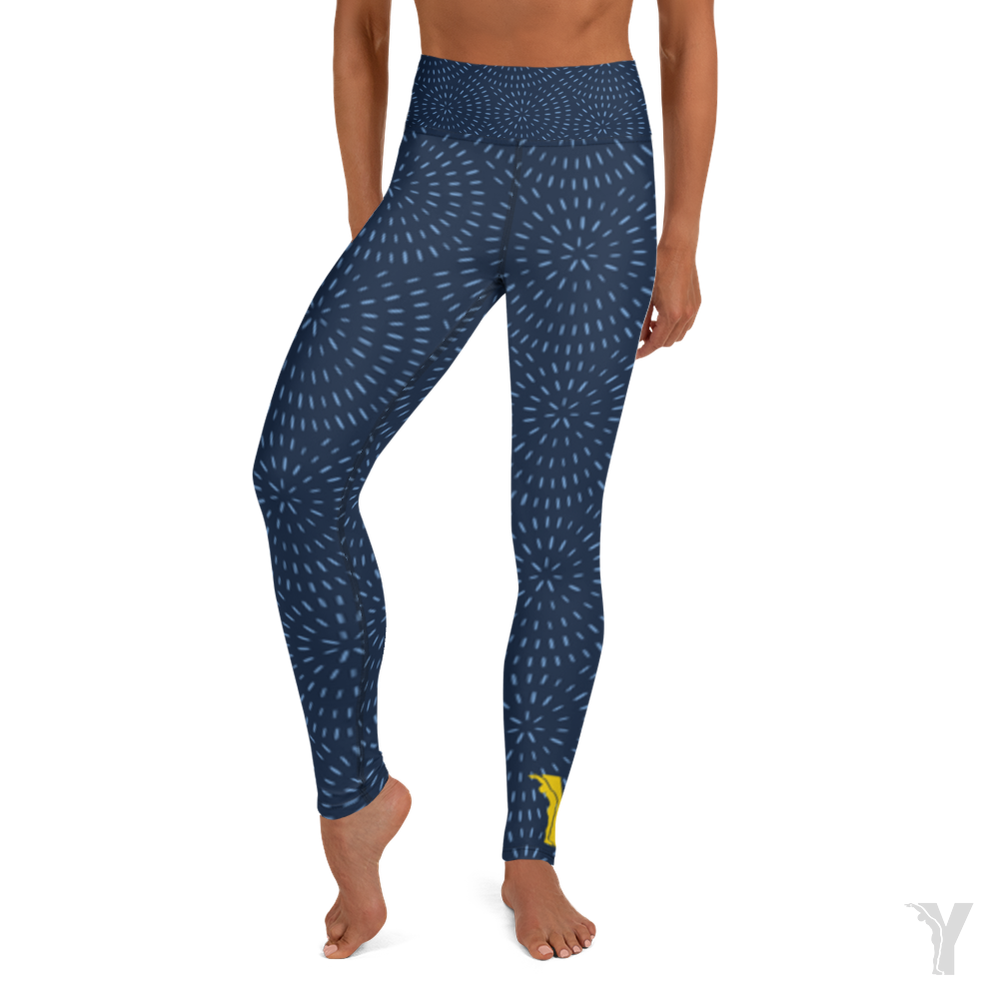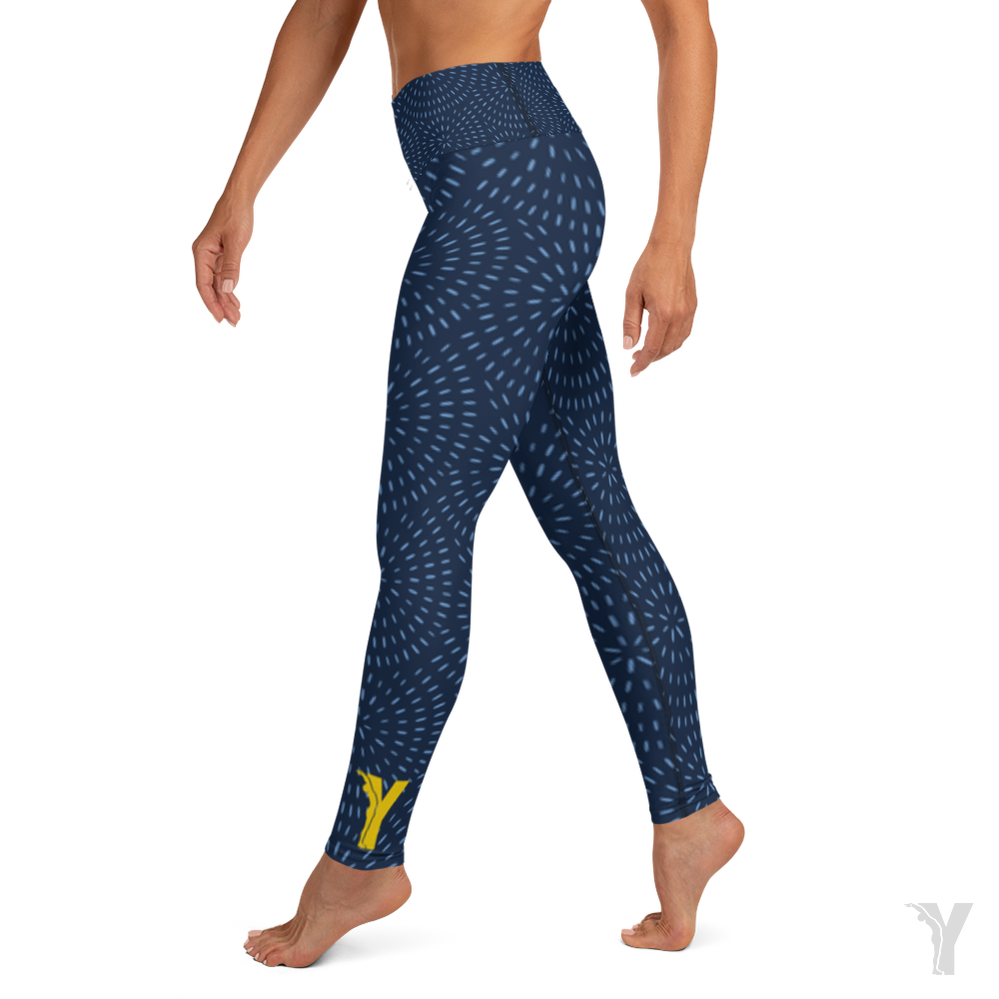discover Vinyasa yoga

Discovering vinyasa yoga
This type of yoga is particularly suitable for people who are in good physical shape but have great difficulty concentrating . Indeed, the flow of movement creates a meditative state (which is also sought in other types of yoga, but with less movement). The practitioner can only achieve what is asked if he is fully present. There is no room for distraction or boredom in a vinyasa session.
Vinyasa Yoga is therefore a dynamic style of yoga that is characterized by fluid movements synchronized with breathing. It has become increasingly popular in recent years, thanks to its ability to strengthen the body and improve flexibility. It is also known as " Vinyasa Flow " or simply "Flow Yoga".
the origins of Vinyasa yoga
Vinyasa Yoga has its origins in ancient India, where yoga practitioners used flowing movements to connect with their breath and inner energy. However, Vinyasa Yoga as we know it today emerged more recently, in the 1960s and 1970s, thanks to the teachings of Krishnamacharya , considered the "father of modern yoga."
Krishnamacharya taught a style of yoga he called "Vinyasa Krama", which focused on synchronizing movements with the breath. He trained many renowned yoga teachers, such as Pattabhi Jois, who popularized Vinyasa Yoga by teaching around the world. Pattabhi Jois developed his own approach to Vinyasa Yoga, called " Ashtanga Yoga ", which focuses on a series of fixed postures and Ujjayi breathing.
Over the years, other yoga teachers have developed their own approach to Vinyasa Yoga, incorporating elements from different styles of yoga, such as Hatha Yoga or Iyengar Yoga. Today's Vinyasa Yoga classes can vary greatly, from a very dynamic and physical practice to a more gentle and breath-centered practice.
the course of a Vinyasa class
A Vinyasa Yoga class typically consists of a warm-up, a series of dynamic postures (or "vinyasa") synchronized with the breath, and a series of final postures to cool down. The postures can vary greatly depending on the class and the level of the practitioners. Vinyasa Yoga classes are usually punctuated by music, which helps create an atmosphere of movement and flow.
Vinyasa Yoga is particularly beneficial for strengthening muscles and improving flexibility, but it is also known to help reduce stress and improve focus. It is often considered a more physical style of yoga than other styles.
It can also be adapted for practitioners of all levels, by modifying postures or using aids such as blocks or straps. It is important to remember that it is important to take a course with a qualified teacher to learn the correct techniques and avoid injuries.
In short, Vinyasa Yoga is a dynamic style of yoga that is characterized by flowing movements synchronized with the breath. It helps strengthen muscles and improve flexibility but can also help reduce stress and improve concentration. It is adaptable to all levels by using modifications or aids.
It is important to take a class with a qualified instructor to learn proper techniques and avoid injury.










